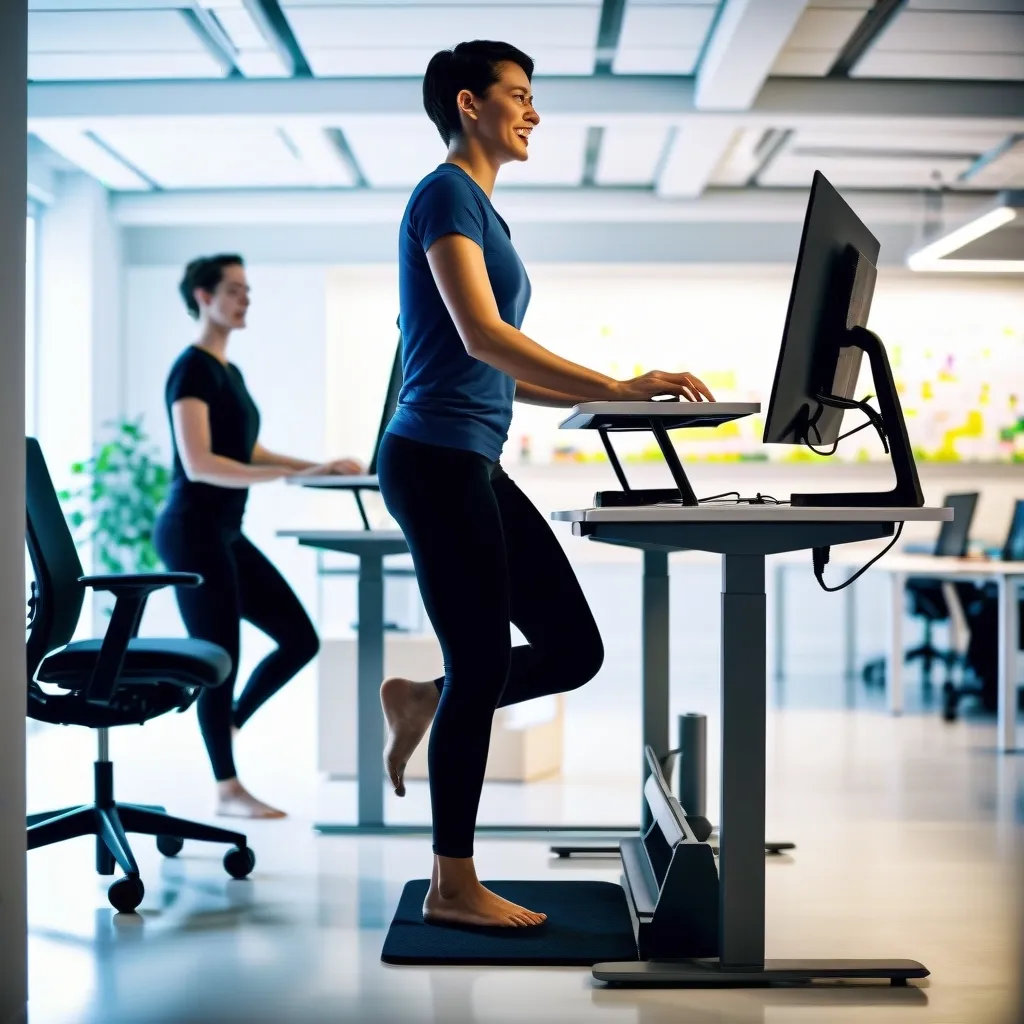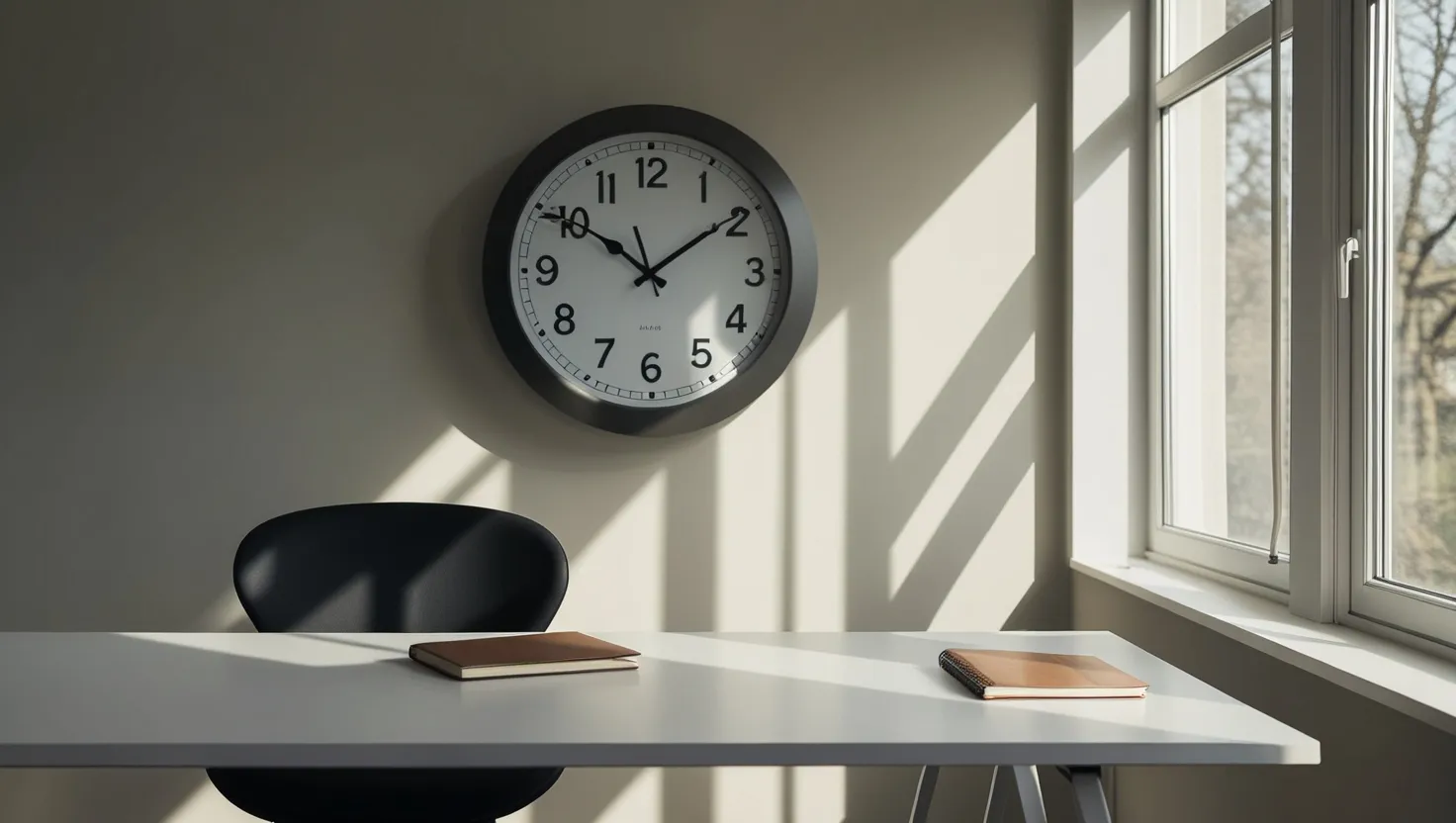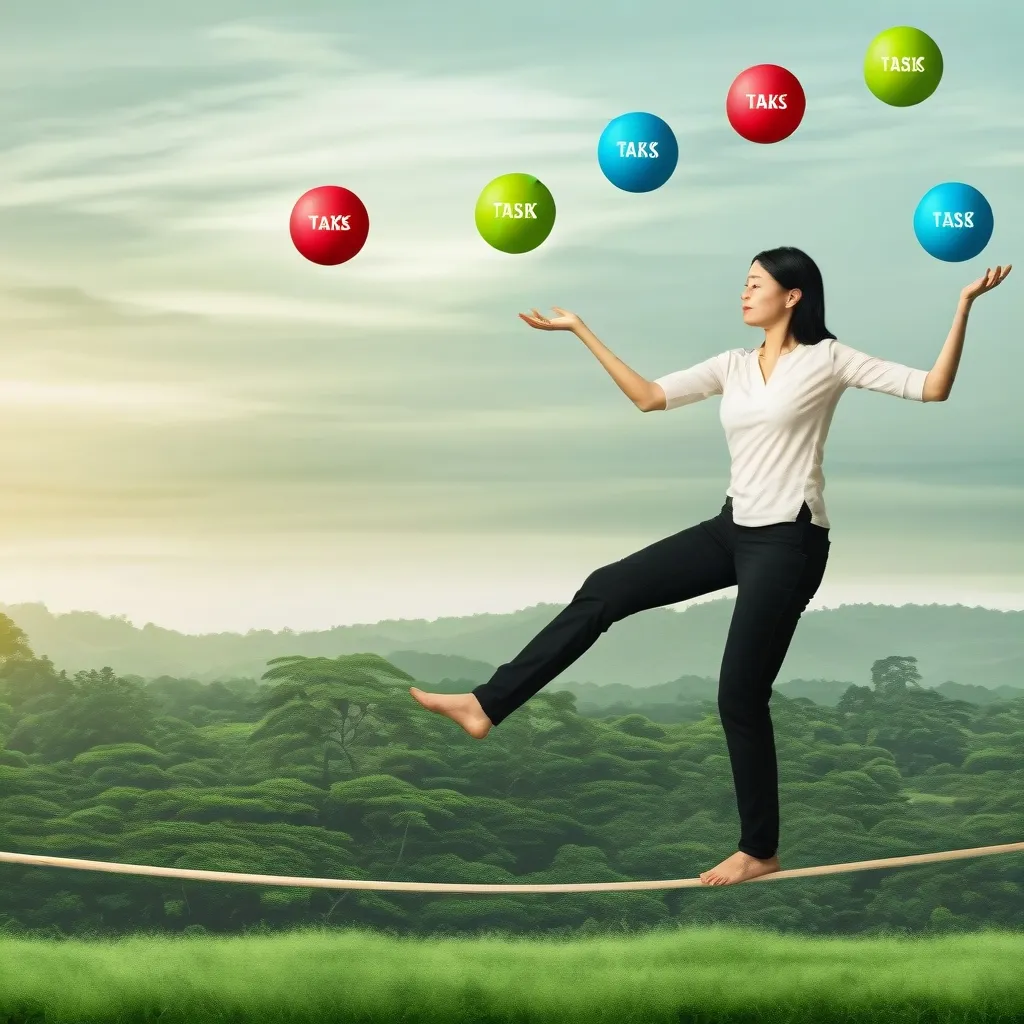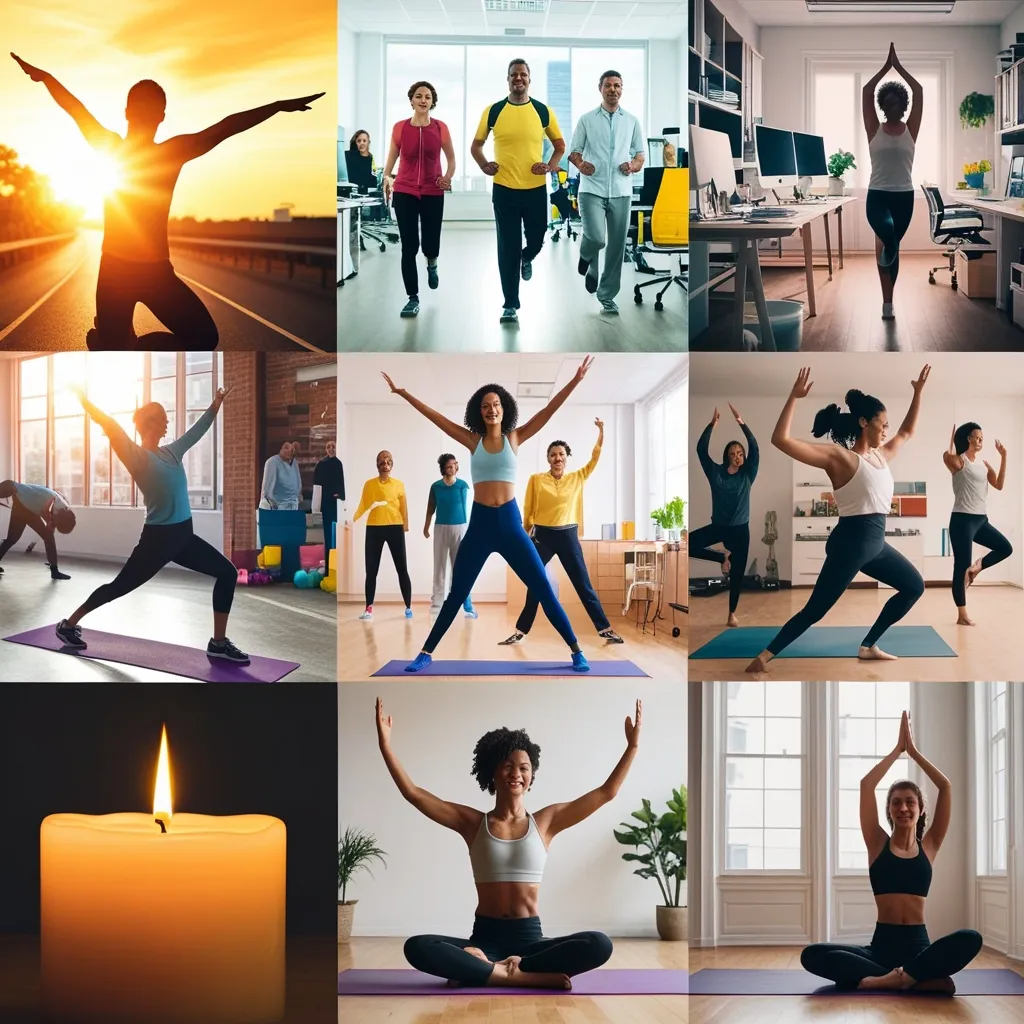In this fast-paced world, keeping your energy levels up throughout the day is absolutely crucial. One downright simple yet effective trick to nail that is by using a standing desk while you work. These standing desks have gained a lot of traction lately, and there’s a bunch of good reasons behind that. They come with tons of benefits that can totally revamp your work environment and give your health a nice boost.
Now, let’s get real about sitting. Sitting for long chunks of time isn’t just uncomfortable; it’s flat-out bad for you. It’s been linked to an increased risk of type 2 diabetes, heart disease, and even early death. Yikes! Not to mention, sitting too much can bring on some gnarly back, neck, and shoulder pain, which a lot of us office folks are all too familiar with. The trick to dodging these problems is mixing it up—breaking up those sitting spells with some standing and movement.
So, what’s the deal with standing desks? They let you bounce between sitting and standing throughout the day, which is super important for staying healthy. Standing makes you use your muscles a lot more than sitting does, helping with your posture and core strength. Plus, standing gets your blood flowing better, lowering your chance of getting varicose veins and other funky circulation issues.
Let’s not forget productivity. Working while standing can seriously ramp up your productivity. Studies have shown that call center workers using standing desks had a 23% bump in their success rates over six months. Wild, right? This productivity boost comes from the increased alertness and quick reactions that standing brings. When you’re on your feet, you tend to respond to tasks quicker compared to when you’re plopped in a chair.
Standing desks can also do wonders for your mood and overall job engagement. Research shows that cutting down on sitting time can lighten your mood, slashing feelings of tension, confusion, and even depression. Standing desks invoke a sense of vitality and commitment, both key factors for staying deeply engaged in your work.
But hey, using a standing desk the right way is essential to reap all these benefits. Here’s how to make the most out of it: First off, don’t stand all day long. Mix it up between sitting and standing every couple of hours. This helps keep your body from getting stuck in a single position, which can lead to discomfort or pain in your back, neck, or shoulders.
Make sure your desk is at a comfy height when you’re standing. Your arms should hit about a 90-degree angle while typing, and your monitor should be at eye level to avoid neck strain. Having a footrest or a little box nearby can also help. It lets you shift your weight around and add some movement while you’re standing, easing the strain on your lower back.
If you’re new to the standing desk game, ease into it. Start with short intervals and gradually bump up the time as you get more used to it. This helps your body get accustomed to the new position and lowers the risk of developing any aches or pains in your back, legs, or feet.
Combining standing with some movement can supercharge the benefits. Think about using a treadmill desk or taking short walks during breaks. These small activities can dramatically boost your energy levels and overall health.
Even if you can’t get your hands on a standing desk, there are still ways to fend off the negative impacts of sitting. Health experts suggest the 20-8-2 rule: sit for 20 minutes, stand for eight minutes, and walk or stretch for two minutes. This simple routine can help you stay active and alert, no matter your work setup.
Companies like U-Haul have caught on to the perks of standing desks and exercise equipment in the office. By giving their teams options to stay active, they’ve seen marked improvements in both health and productivity. One U-Haul office installed a treadmill desk and a bunch of standing desks that employees can use throughout the day. This led to better posture, stronger cores, and higher energy levels for the whole team. Pretty cool, right?
To sum it all up, standing desks aren’t just a fad—they’re a smart solution to the health risks that come with too much sitting. By bringing a standing desk into your work routine and using it right, you can keep energized, stay alert, and be healthier overall. The key is to keep moving and avoid being in one position for too long. Whether using a standing desk or taking short breaks to stretch and move around, staying active is a no-brainer. So why not give it a shot? Your body—and your productivity—will be grateful.






